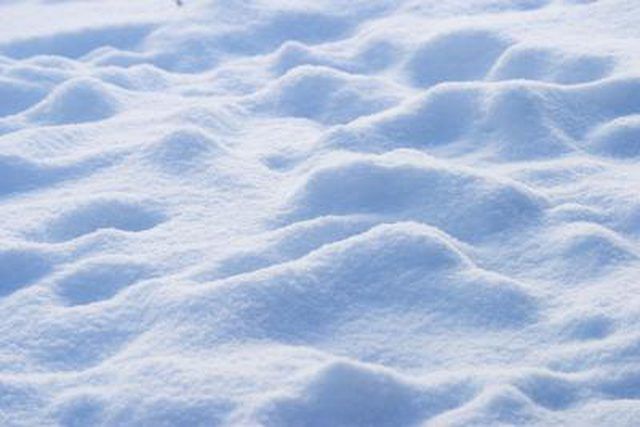Bulbs
Flower Basics
Flower Beds & Specialty Gardens
Flower Garden
Garden Furniture
Garden Gnomes
Garden Seeds
Garden Sheds
Garden Statues
Garden Tools & Supplies
Gardening Basics
Green & Organic
Groundcovers & Vines
Growing Annuals
Growing Basil
Growing Beans
Growing Berries
Growing Blueberries
Growing Cactus
Growing Corn
Growing Cotton
Growing Edibles
Growing Flowers
Growing Garlic
Growing Grapes
Growing Grass
Growing Herbs
Growing Jasmine
Growing Mint
Growing Mushrooms
Orchids
Growing Peanuts
Growing Perennials
Growing Plants
Growing Rosemary
Growing Roses
Growing Strawberries
Growing Sunflowers
Growing Thyme
Growing Tomatoes
Growing Tulips
Growing Vegetables
Herb Basics
Herb Garden
Indoor Growing
Landscaping Basics
Landscaping Patios
Landscaping Plants
Landscaping Shrubs
Landscaping Trees
Landscaping Walks & Pathways
Lawn Basics
Lawn Maintenance
Lawn Mowers
Lawn Ornaments
Lawn Planting
Lawn Tools
Outdoor Growing
Overall Landscape Planning
Pests, Weeds & Problems
Plant Basics
Rock Garden
Rose Garden
Shrubs
Soil
Specialty Gardens
Trees
Vegetable Garden
Yard Maintenance
Is Eating Snow Safe?
Is Eating Snow Safe?. Snow is made primarily of evaporated water, which crystallizes at very low temperatures. The processes of evaporation and crystallization remove most contaminants -- in fact, similar processes are used to distill water -- so eating fresh snow is usually safe. However, snow on the ground may be contaminated with harmful...

Snow is made primarily of evaporated water, which crystallizes at very low temperatures. The processes of evaporation and crystallization remove most contaminants -- in fact, similar processes are used to distill water -- so eating fresh snow is usually safe. However, snow on the ground may be contaminated with harmful chemicals and pathogens and should not be eaten.
Snow Formation
Snow forms when droplets of water condense and freeze on tiny airborne particles called ice nuclei. Snowflake crystals grow around these nuclei as the original ice crystal "sucks" water molecules out of the surrounding air.
Snow Seeds, Dehydration and Contamination
Eating snow isn't safe under certain circumstances. Ice nuclei may be made of particulate pollutants that aren't safe to ingest. However, the amount of these particulates actually consumed is very small. The discovery of live bacteria and fungi in ice nuclei raises the possibility that even fresh snow may contain pathogens; however, the pathogens discovered thus far affect plants, not humans. Do not eat snow without melting it first if you're in an emergency situation, because the energy your body loses by melting ingested snow can worsen hypothermia, dehydration and starvation. Once snow is on the ground it may become contaminated with animal urine and feces, bacteria, algae and any chemicals or debris on the ground or in running water that contacts the snow.